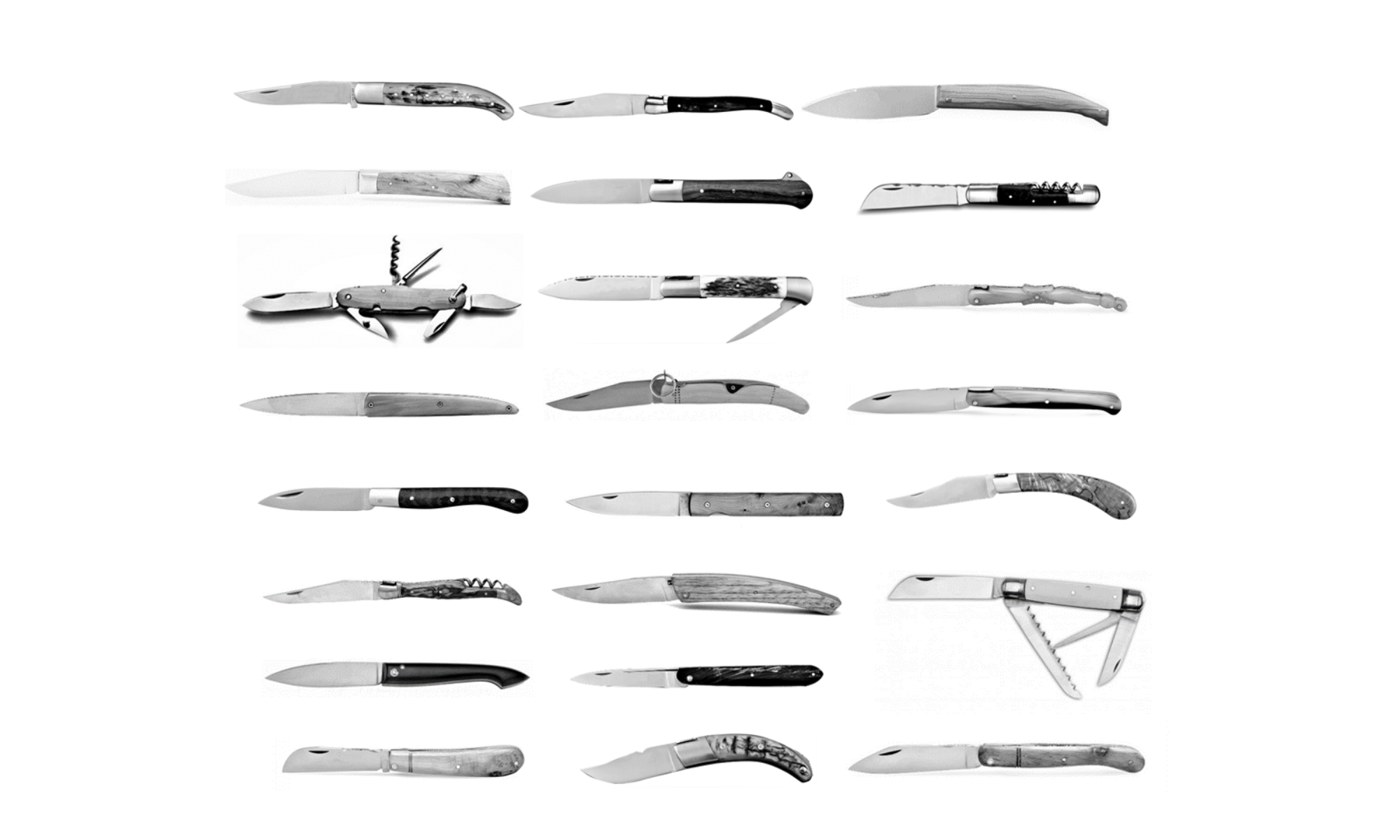
The barrel knife (tonneau in French) gets its name from the shape of the handle, pretty round, that reminds the shape of a barrel.

Its origin is in the eighteenth century, from West Center France.


It is the typical worker’s knife. When farmers were hiring workers, they were giving them this knife as a sign of goodwill and good relationship.


It’s a simple knife, with a main blade in the sheepsfoot style and large bolsters on each side, but it was often on a multiblade style with a coping blade, an awl, a saw and sometimes a corkscrew.

It is one of the oldest multiblade.
The handle can be made of wood, horn or ivorine, a synthetic polymer that mimics ivory.






Today, some modern versions are still made, often in carbon steel
Find some on http://knives-of-france.com





















